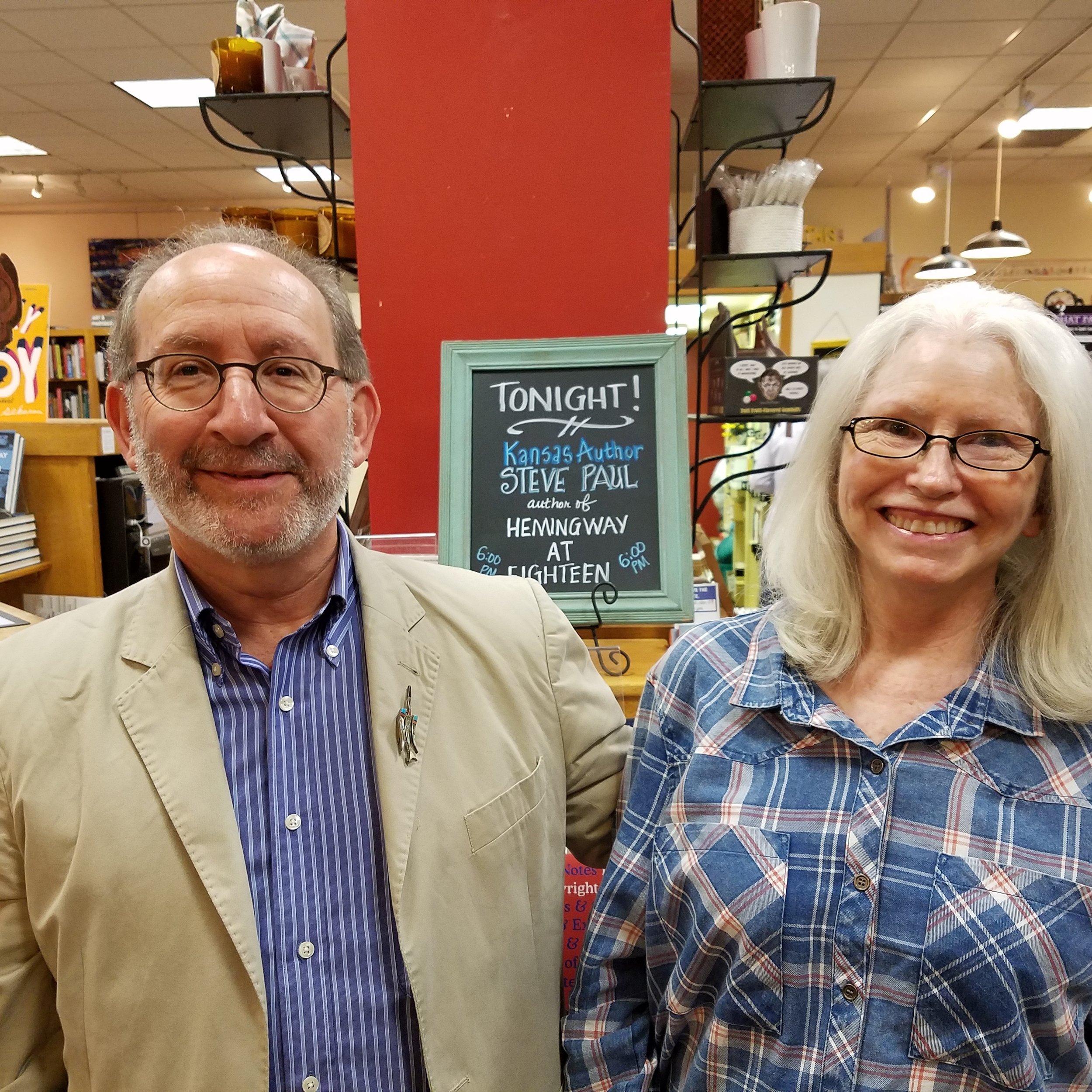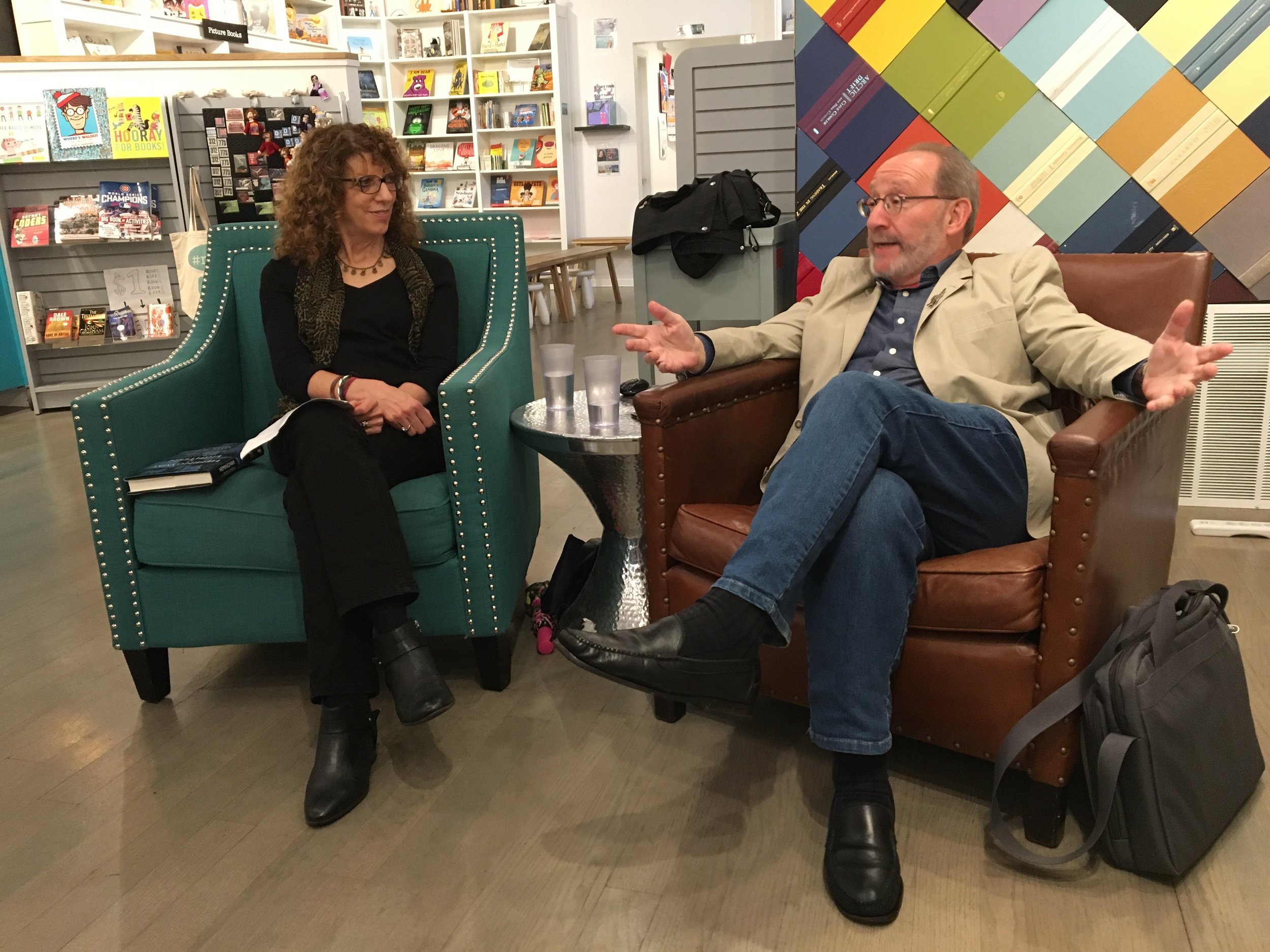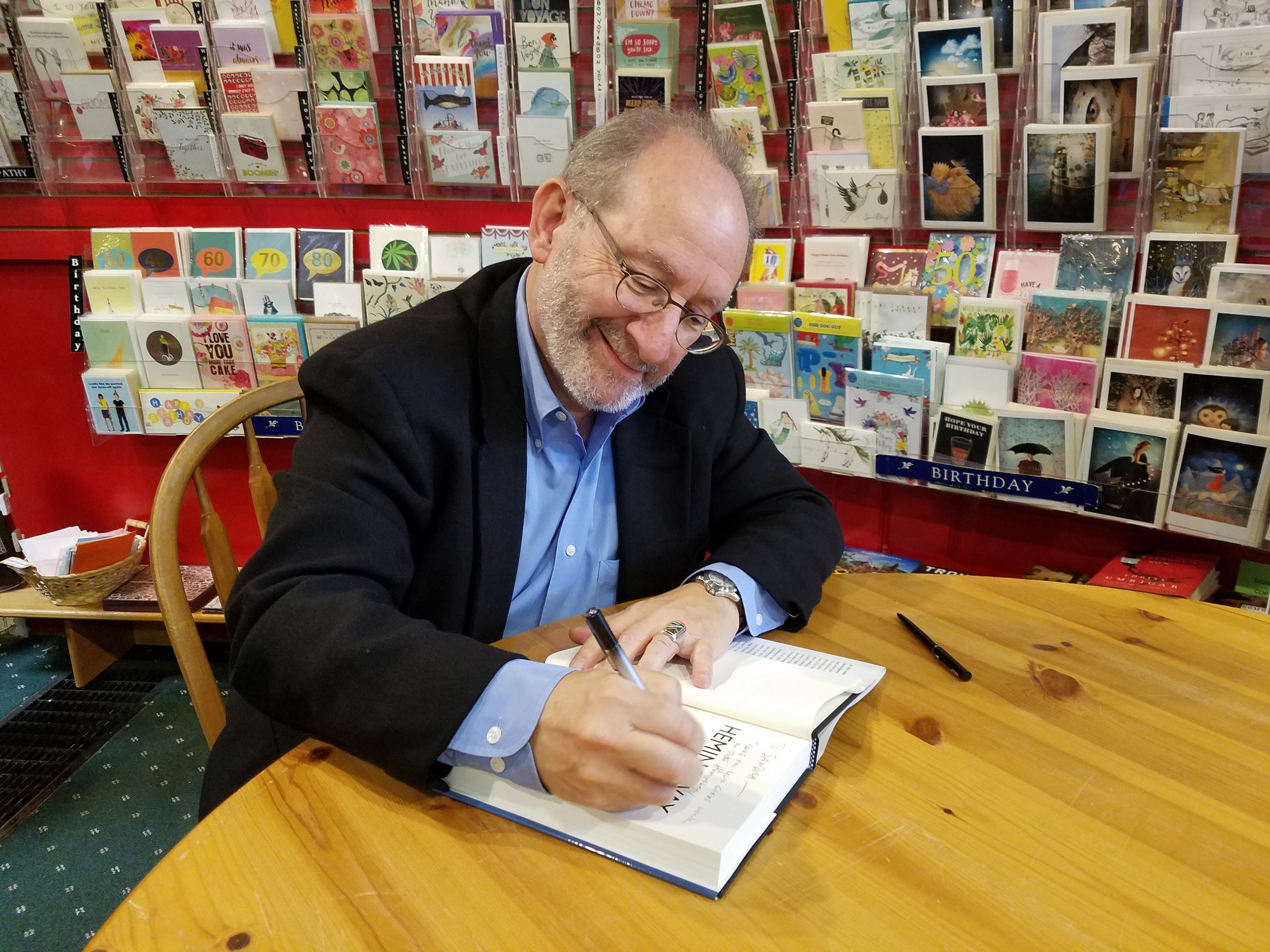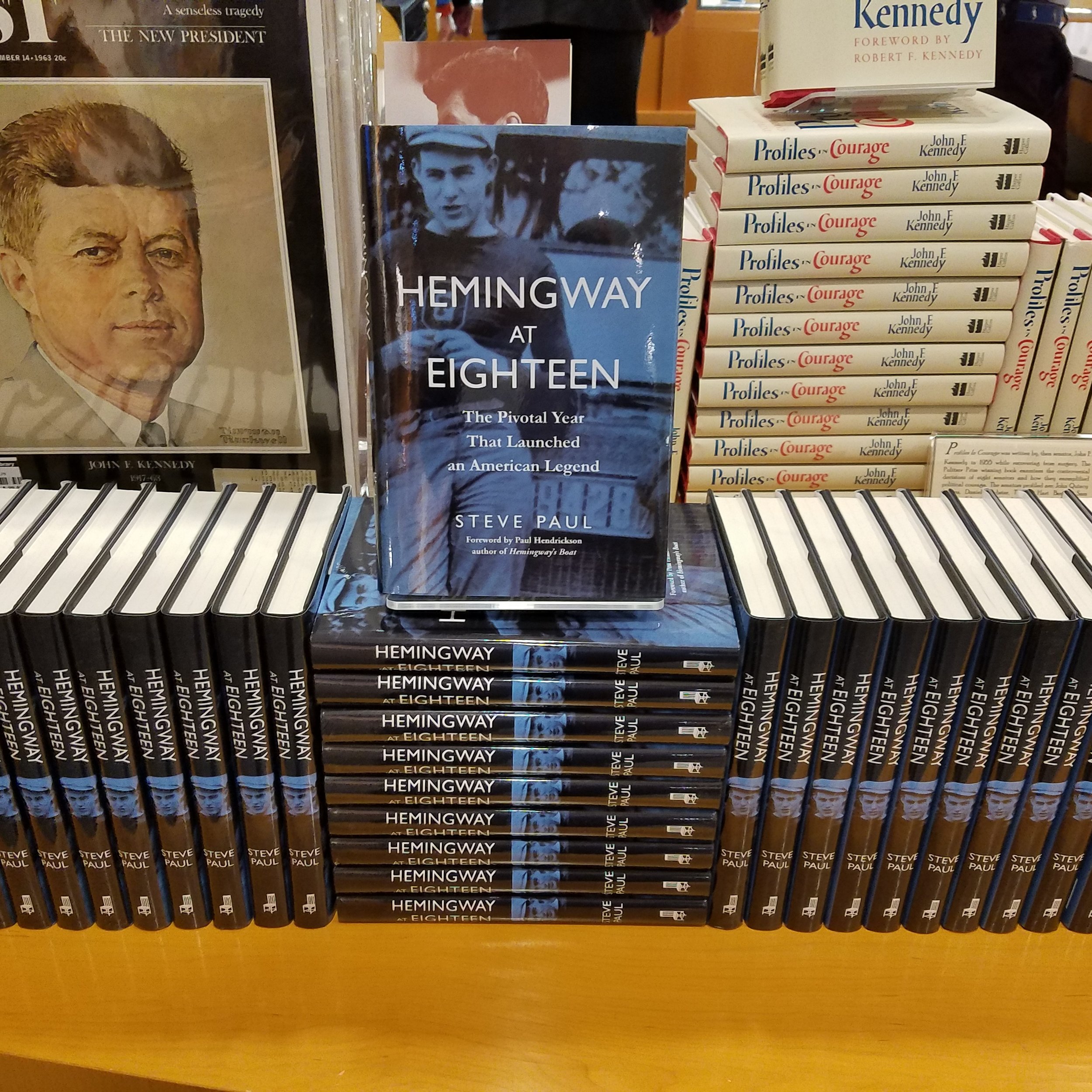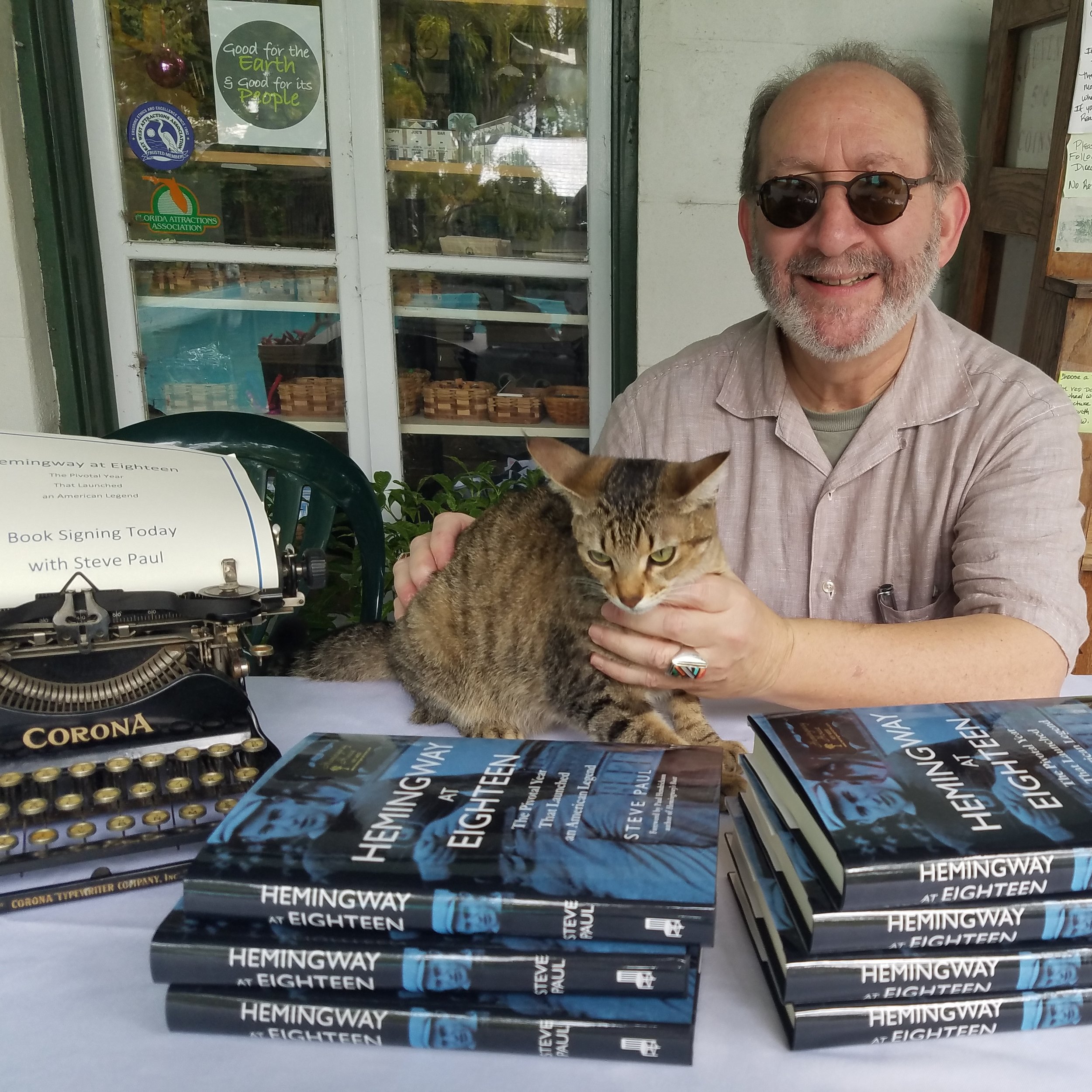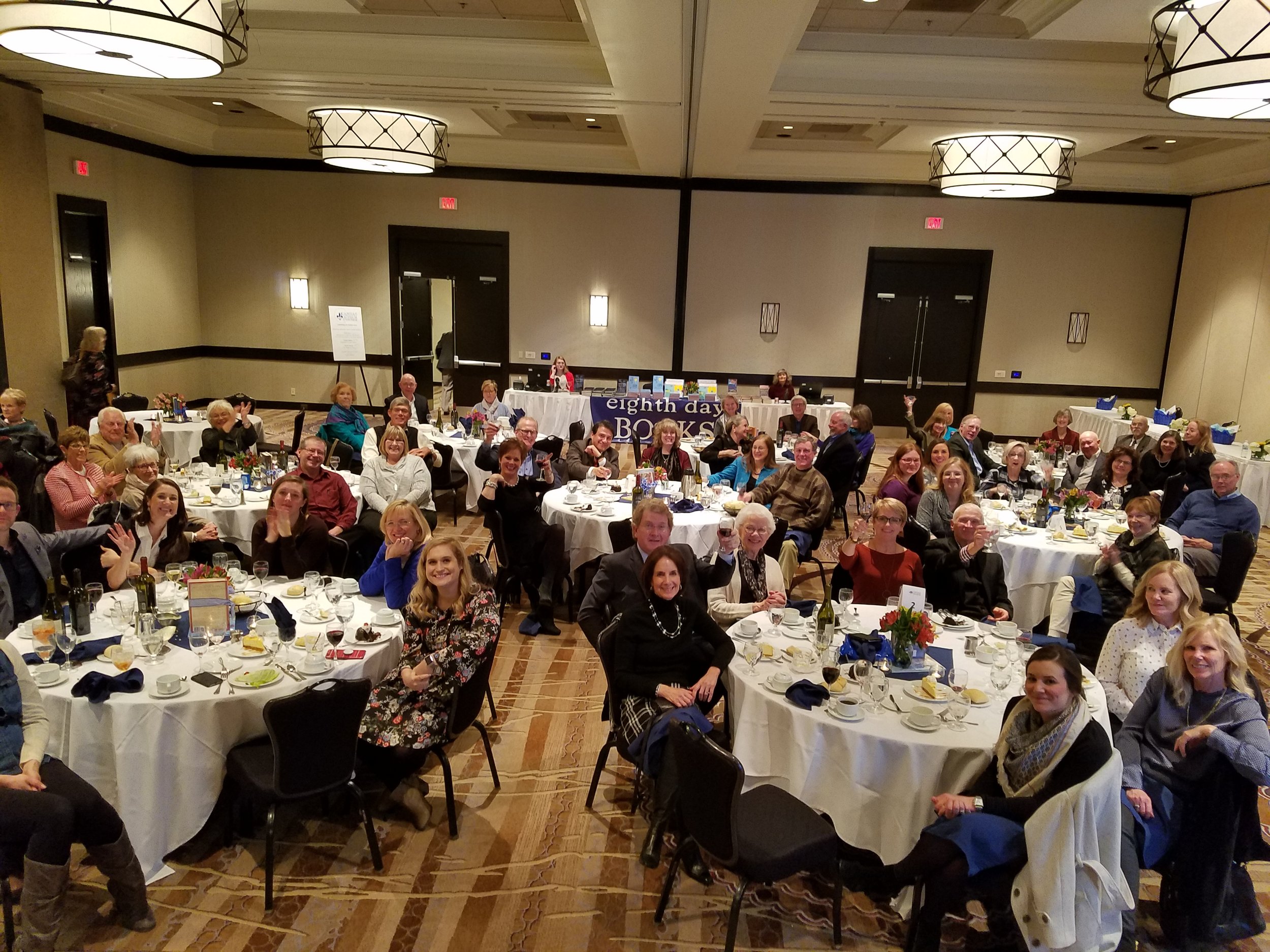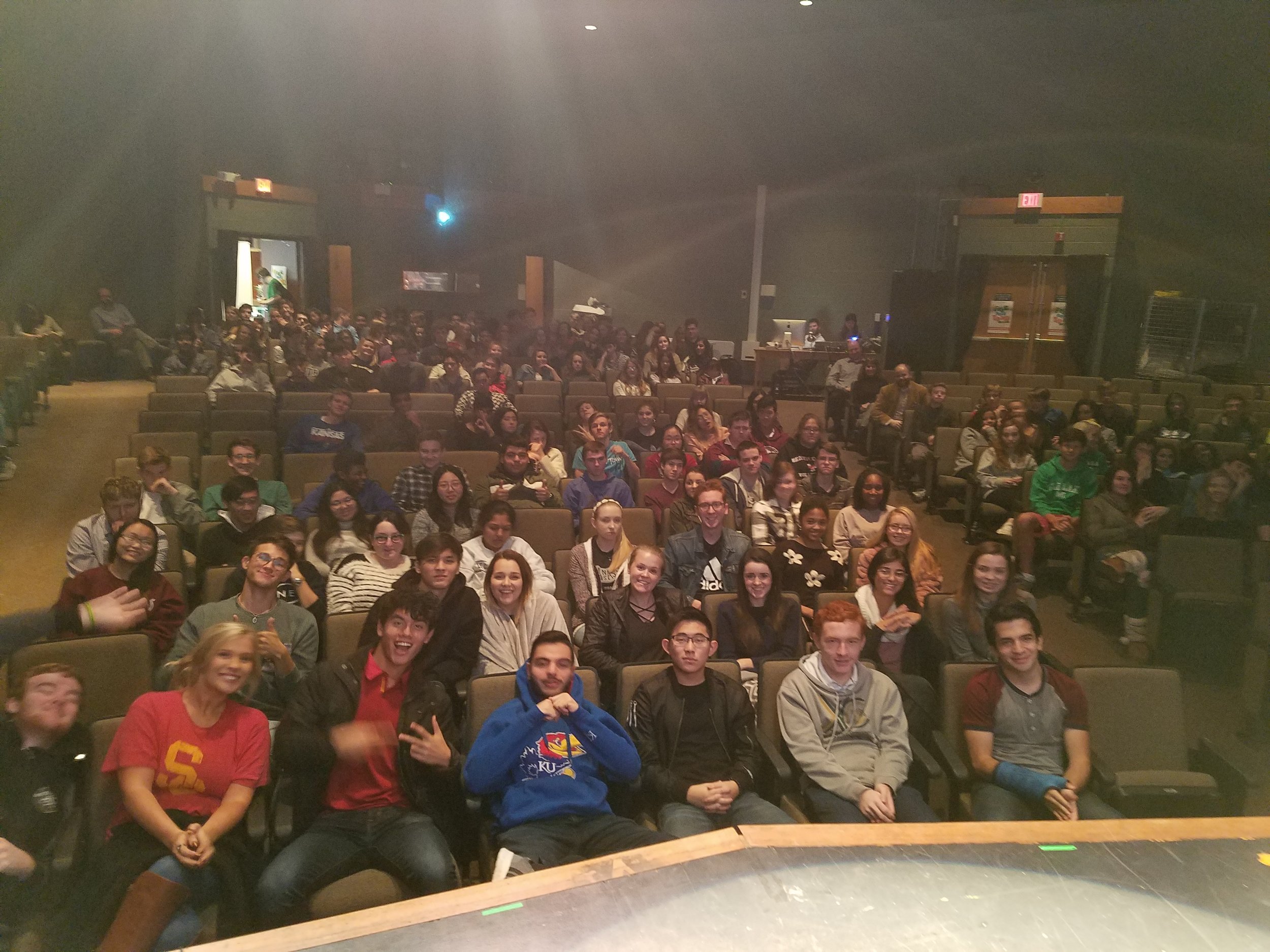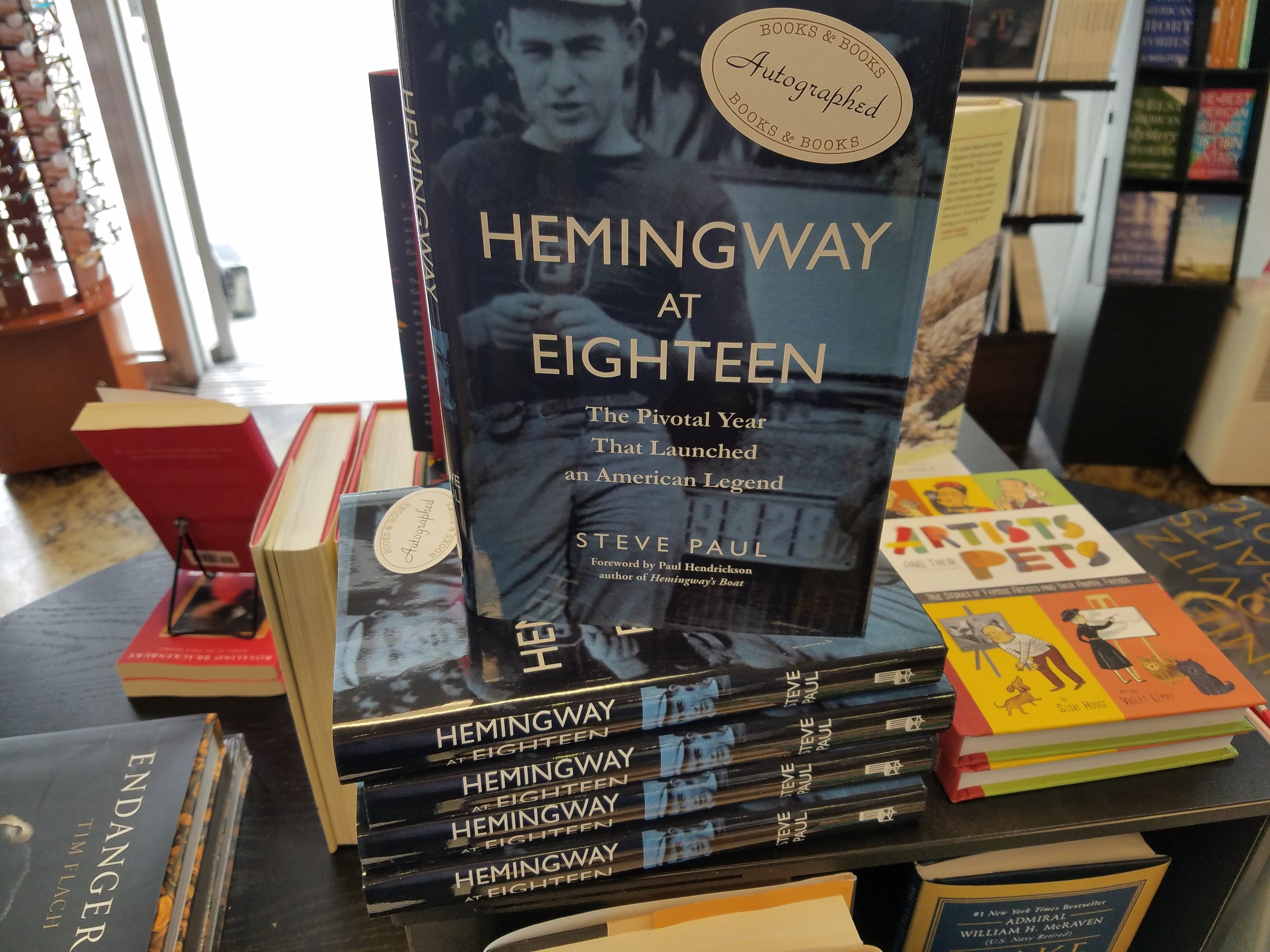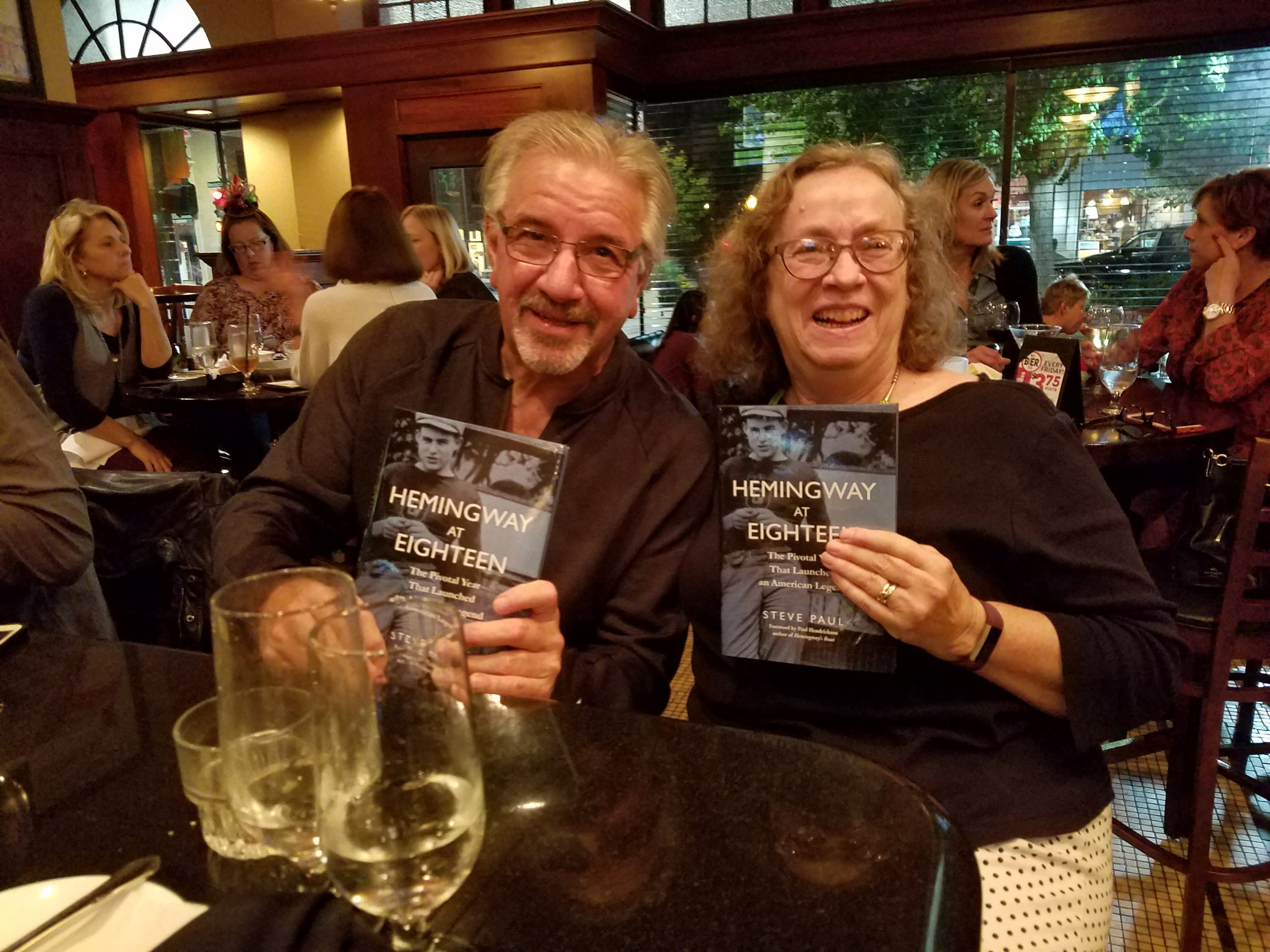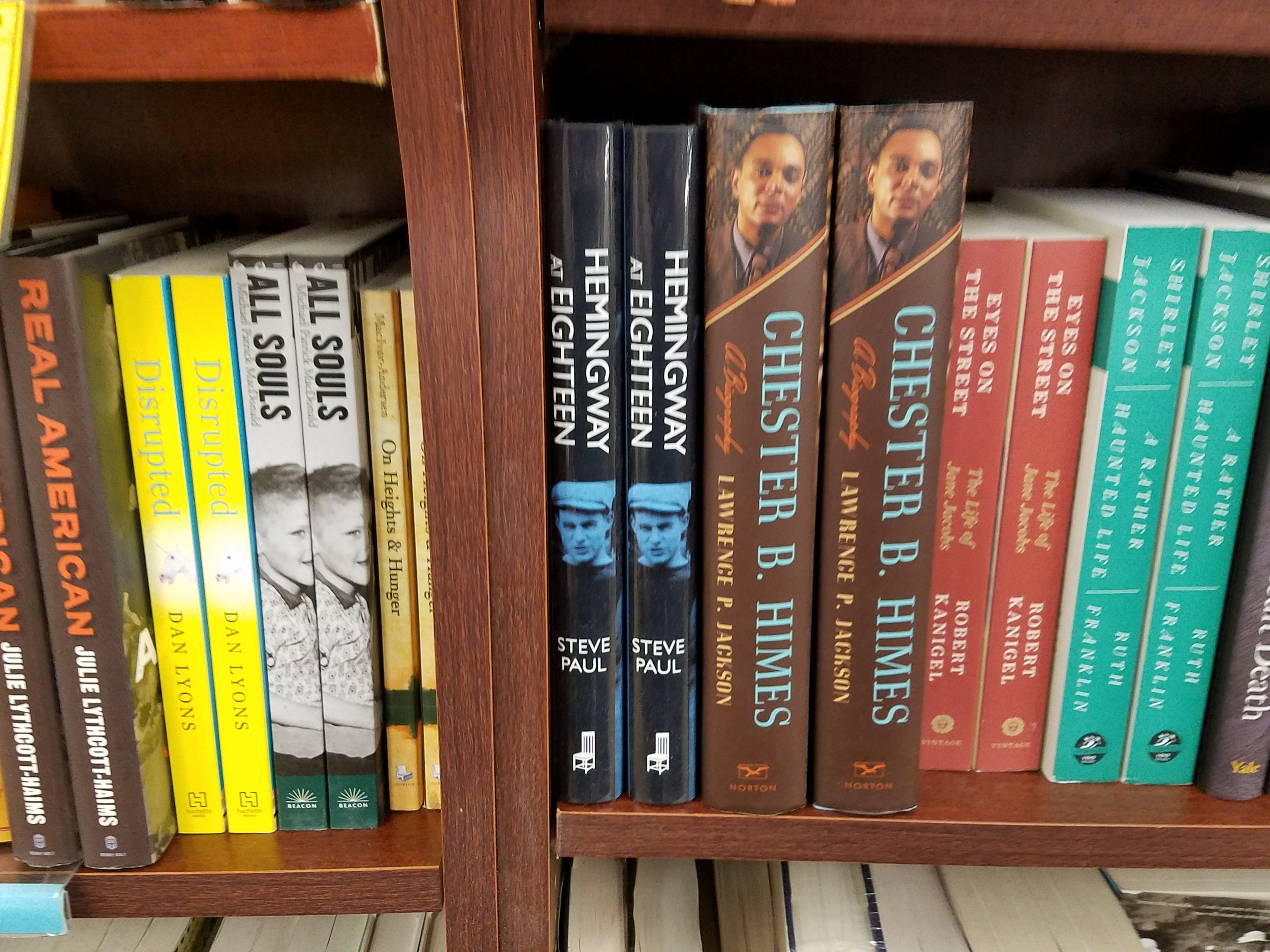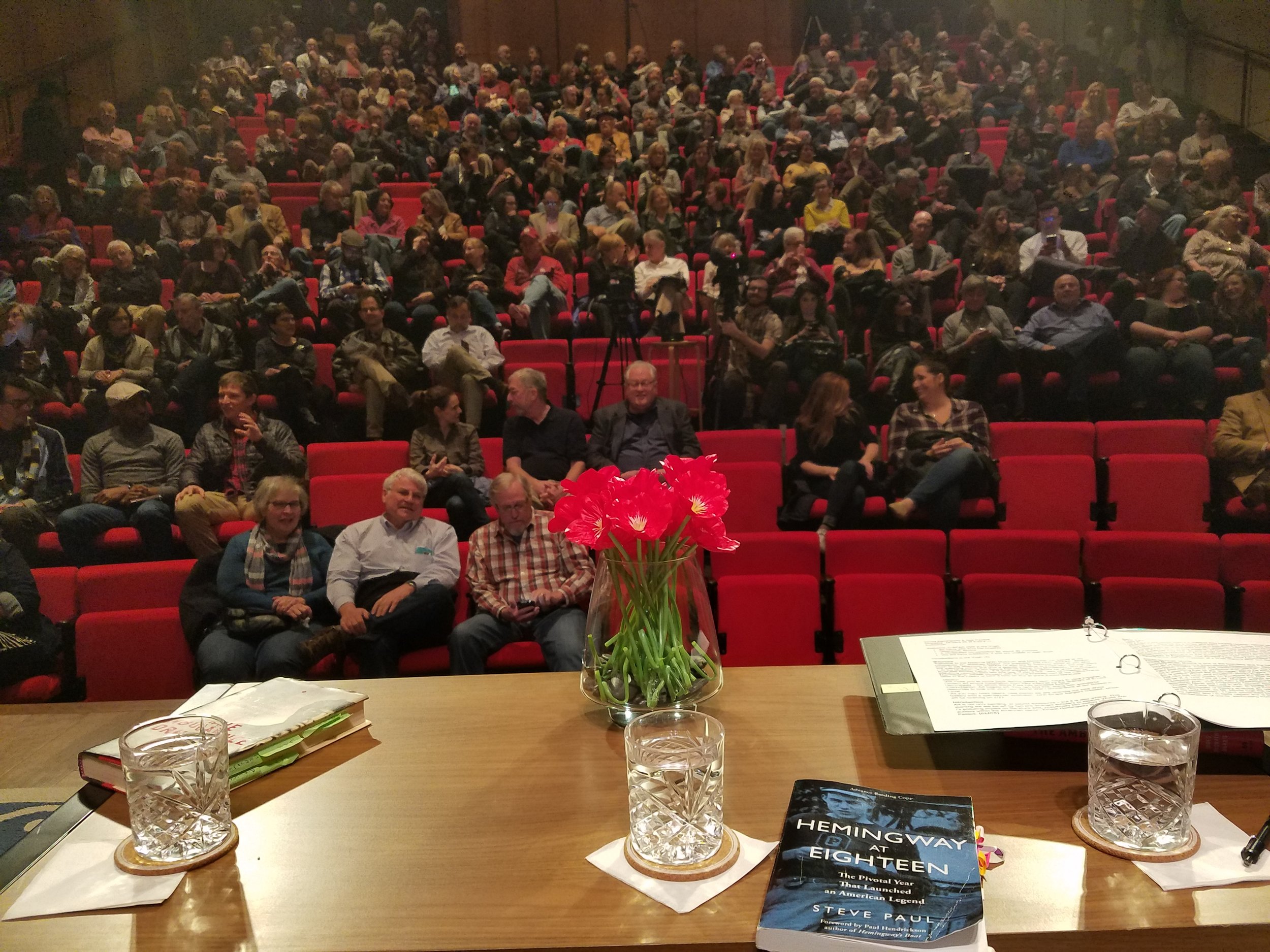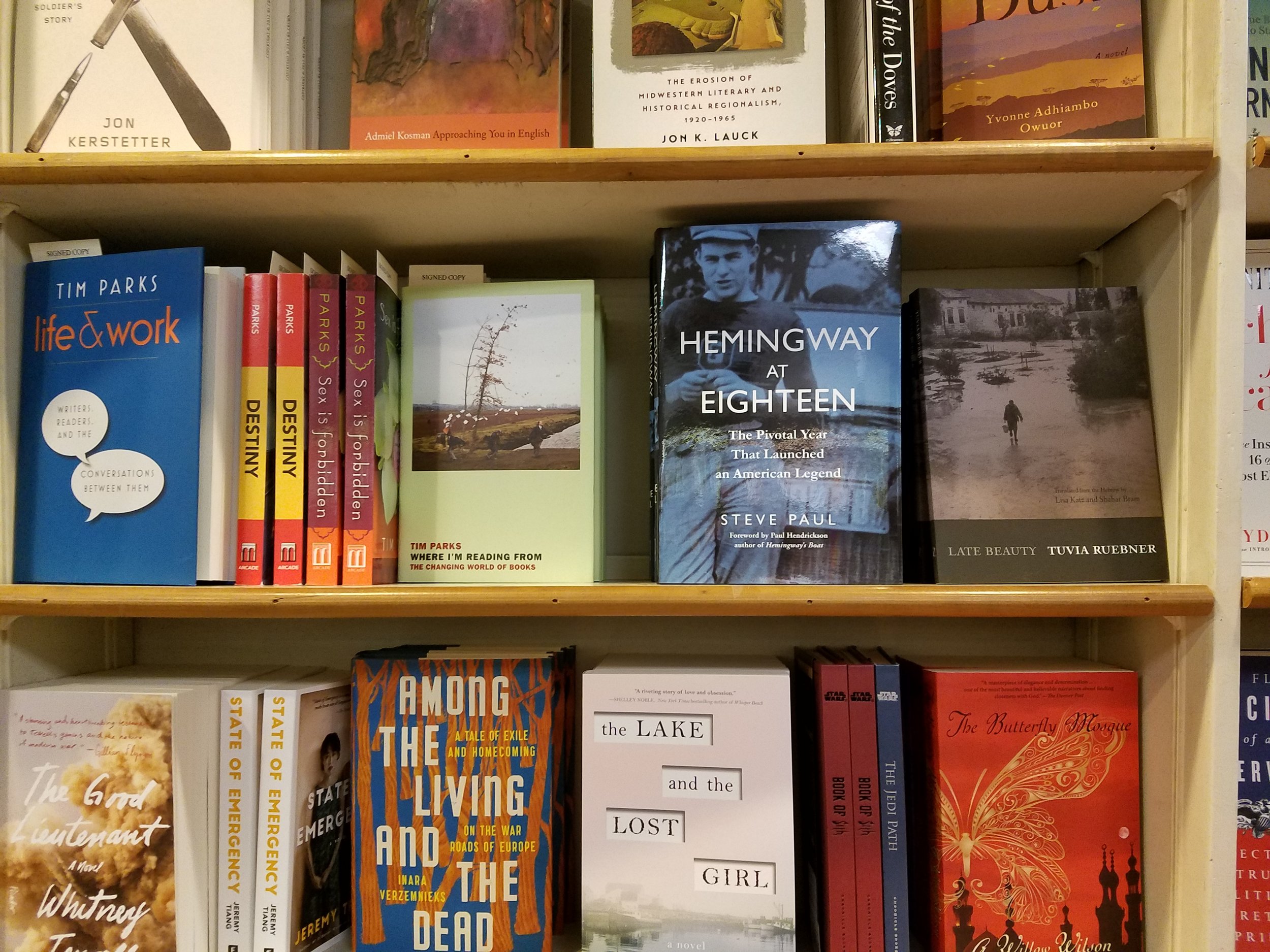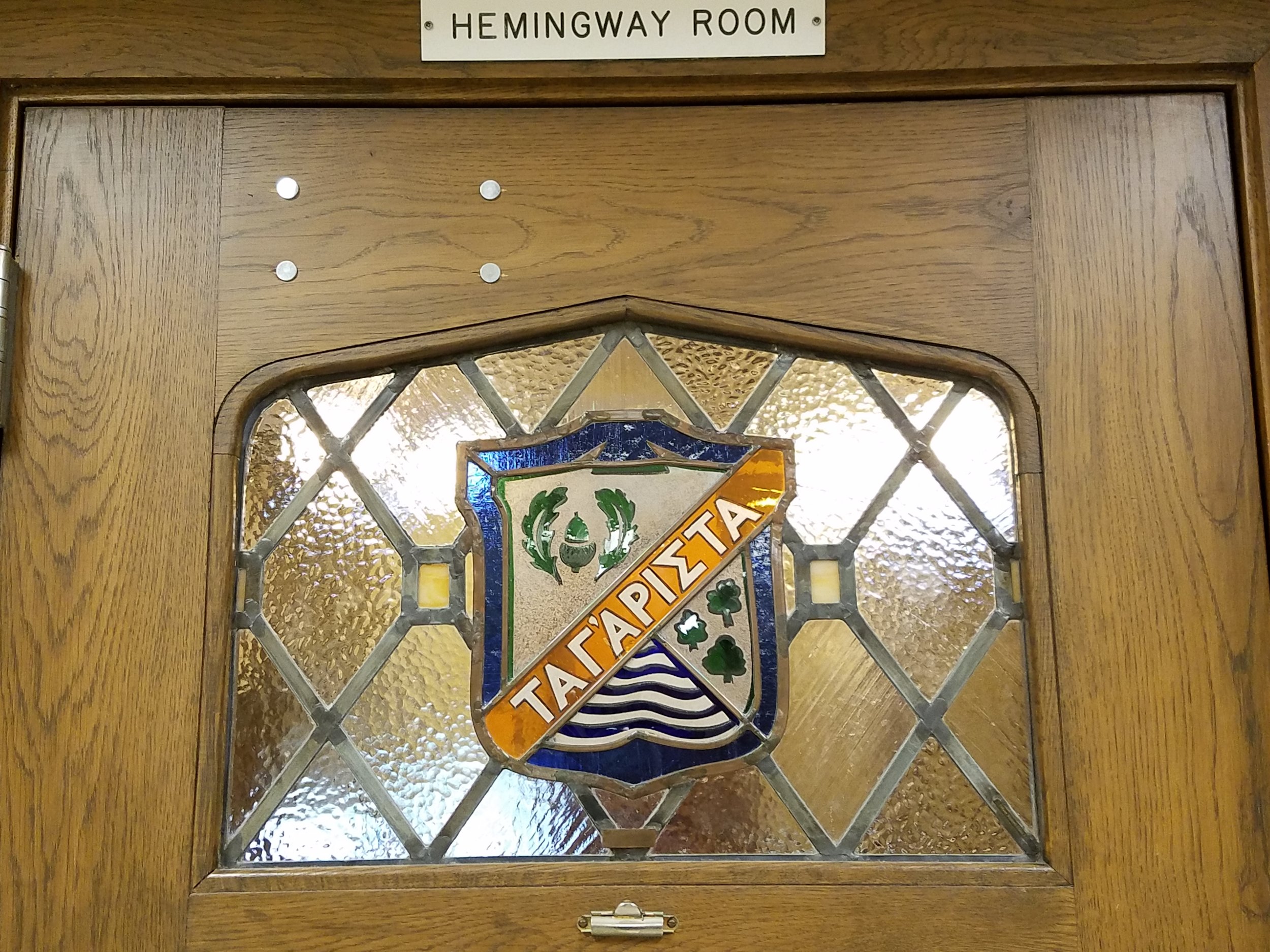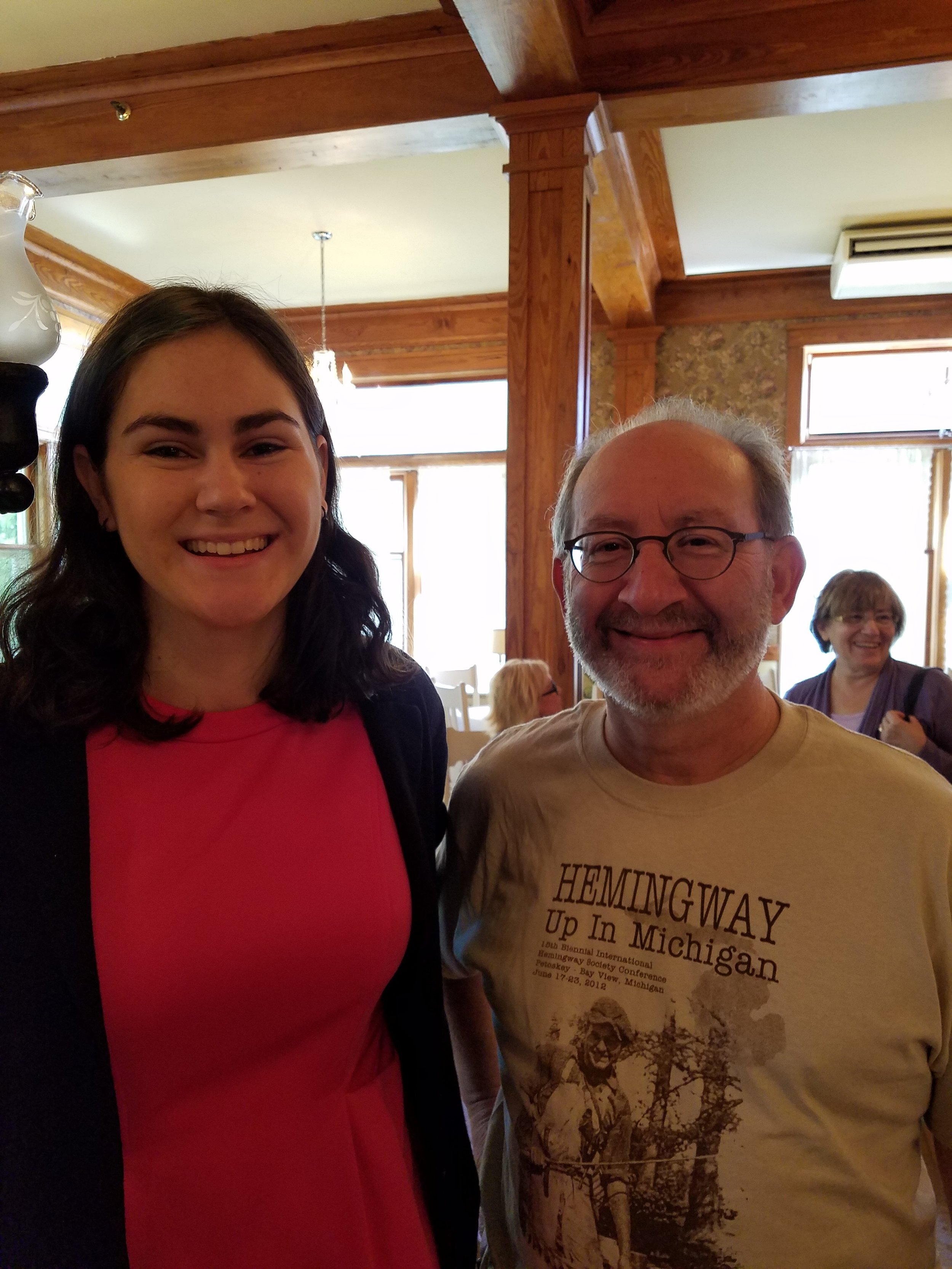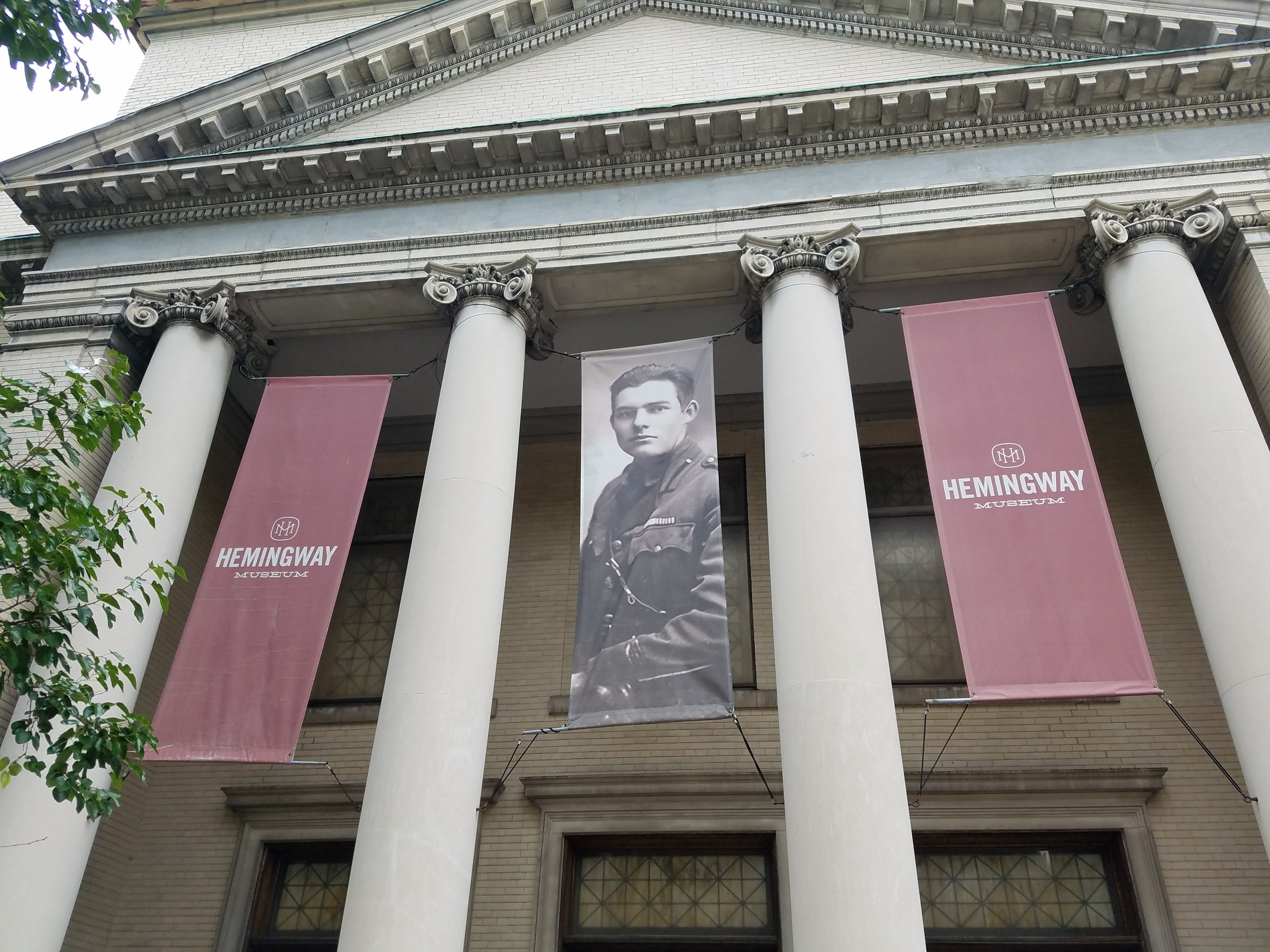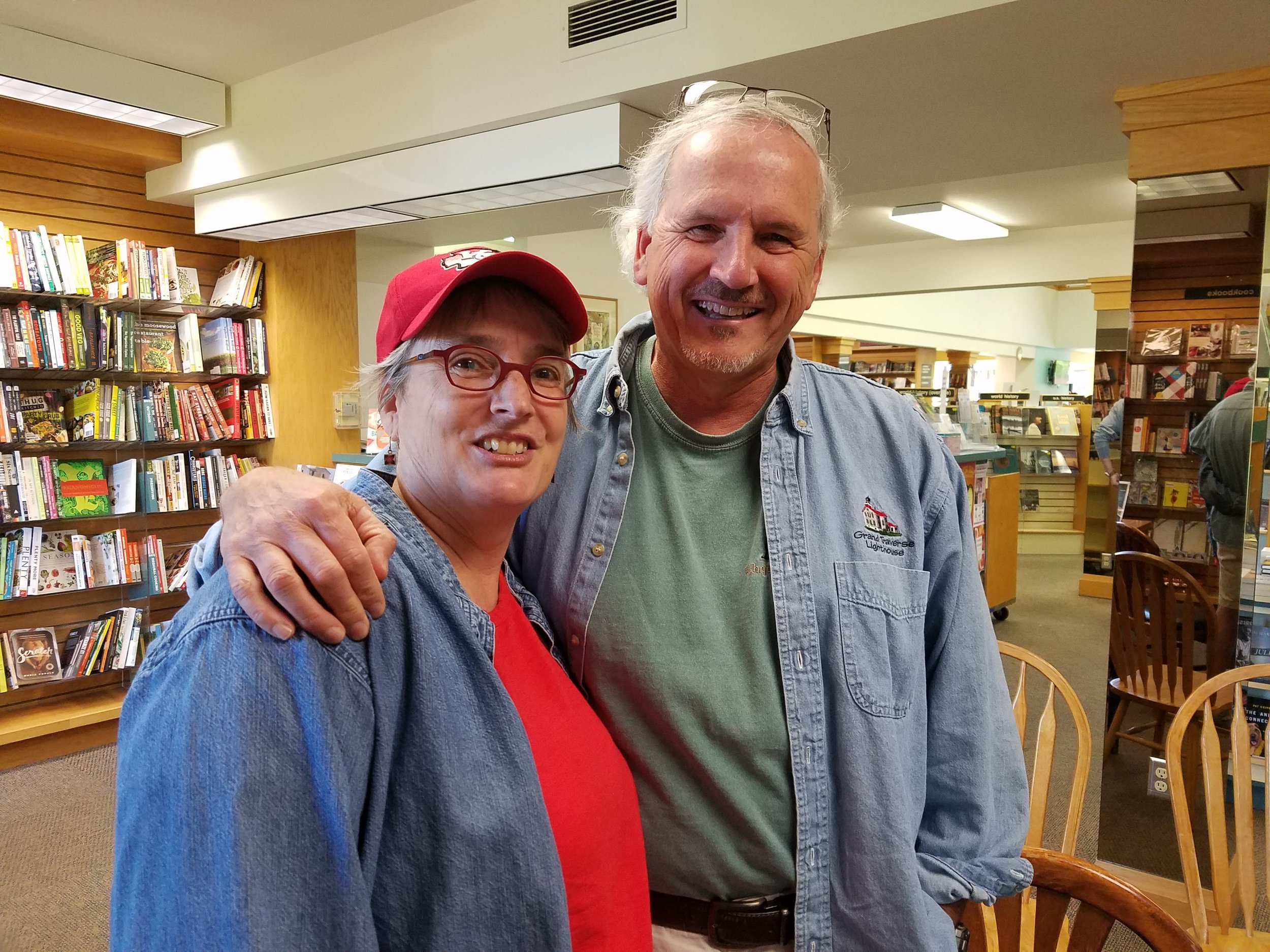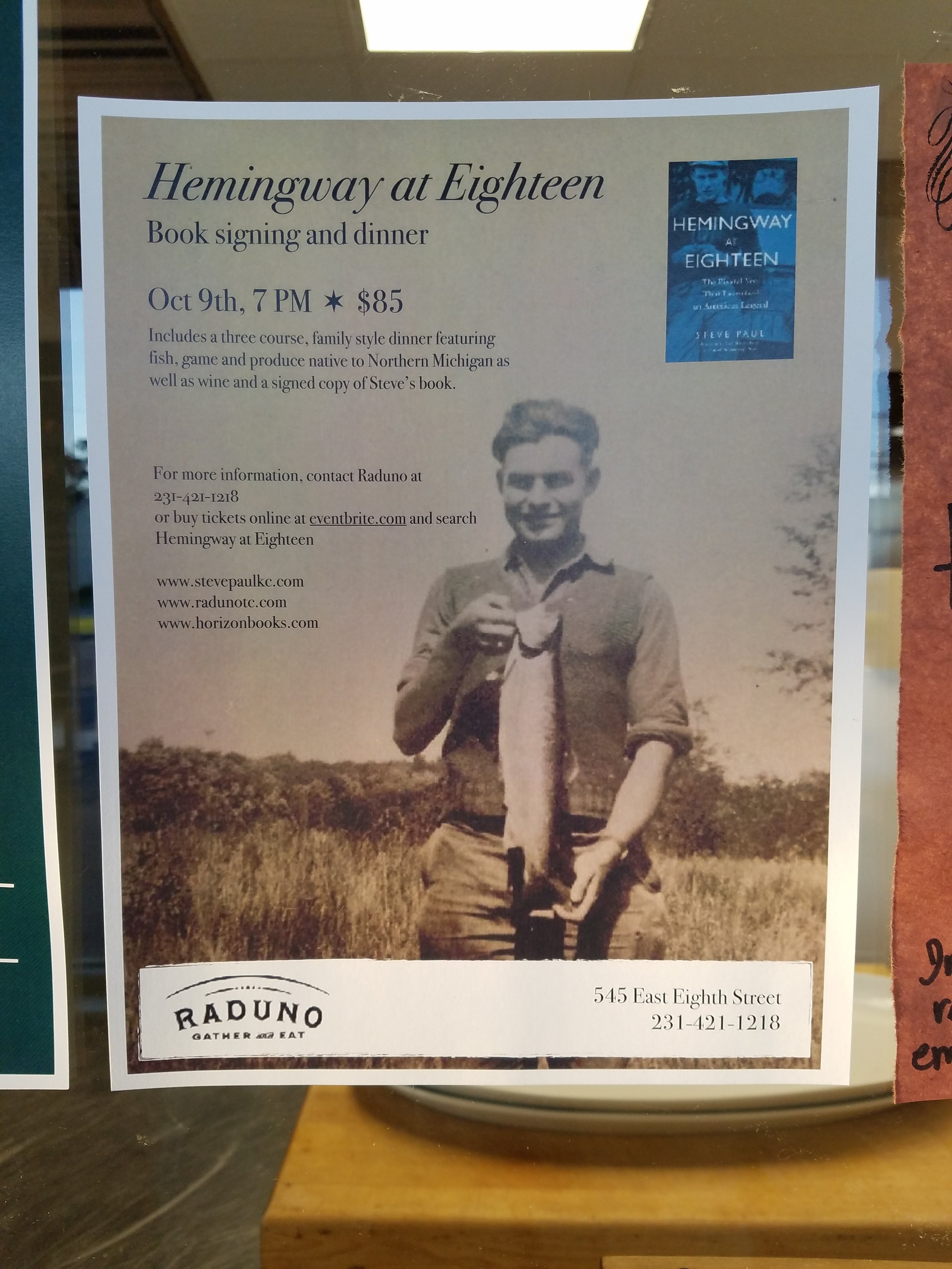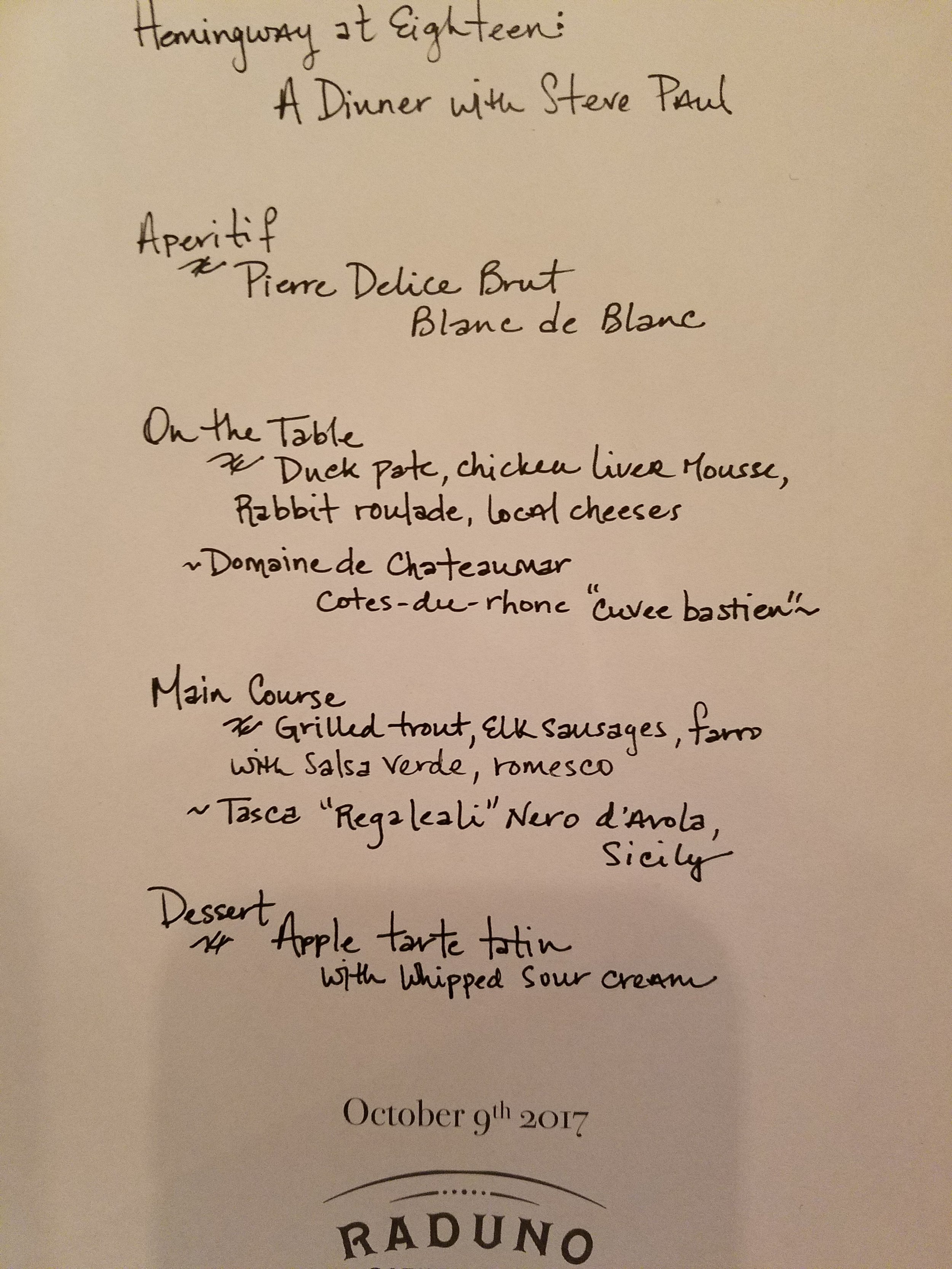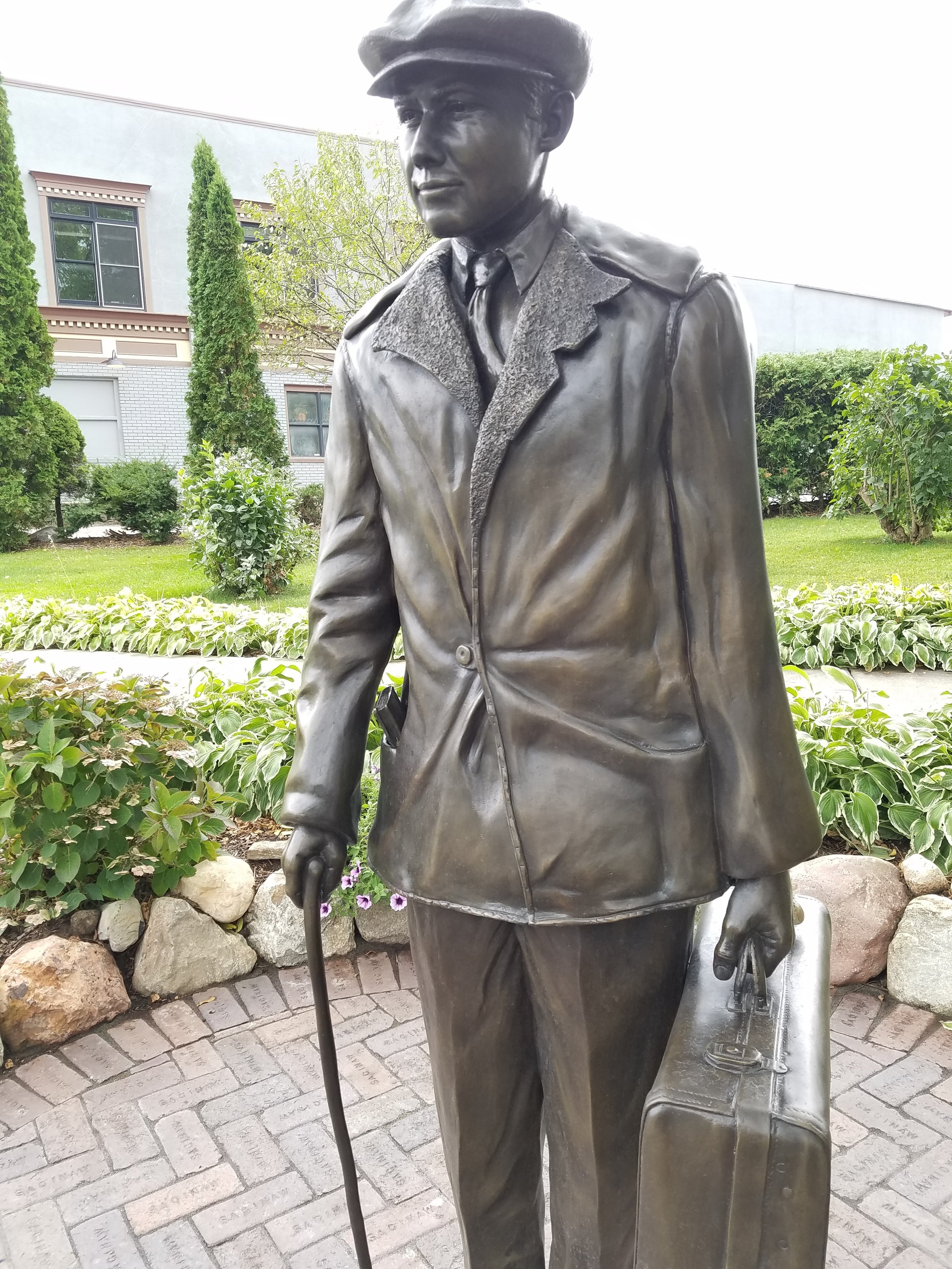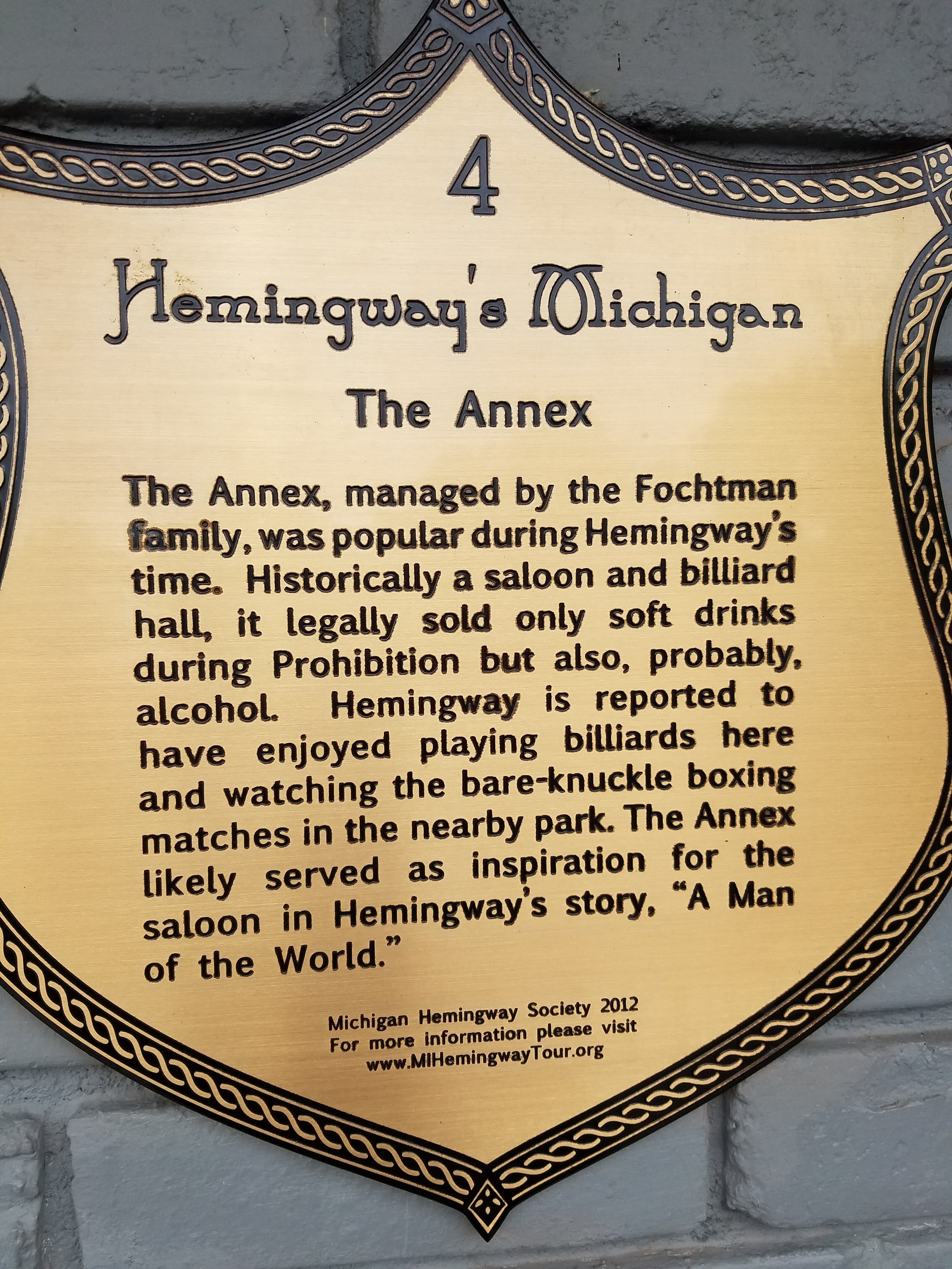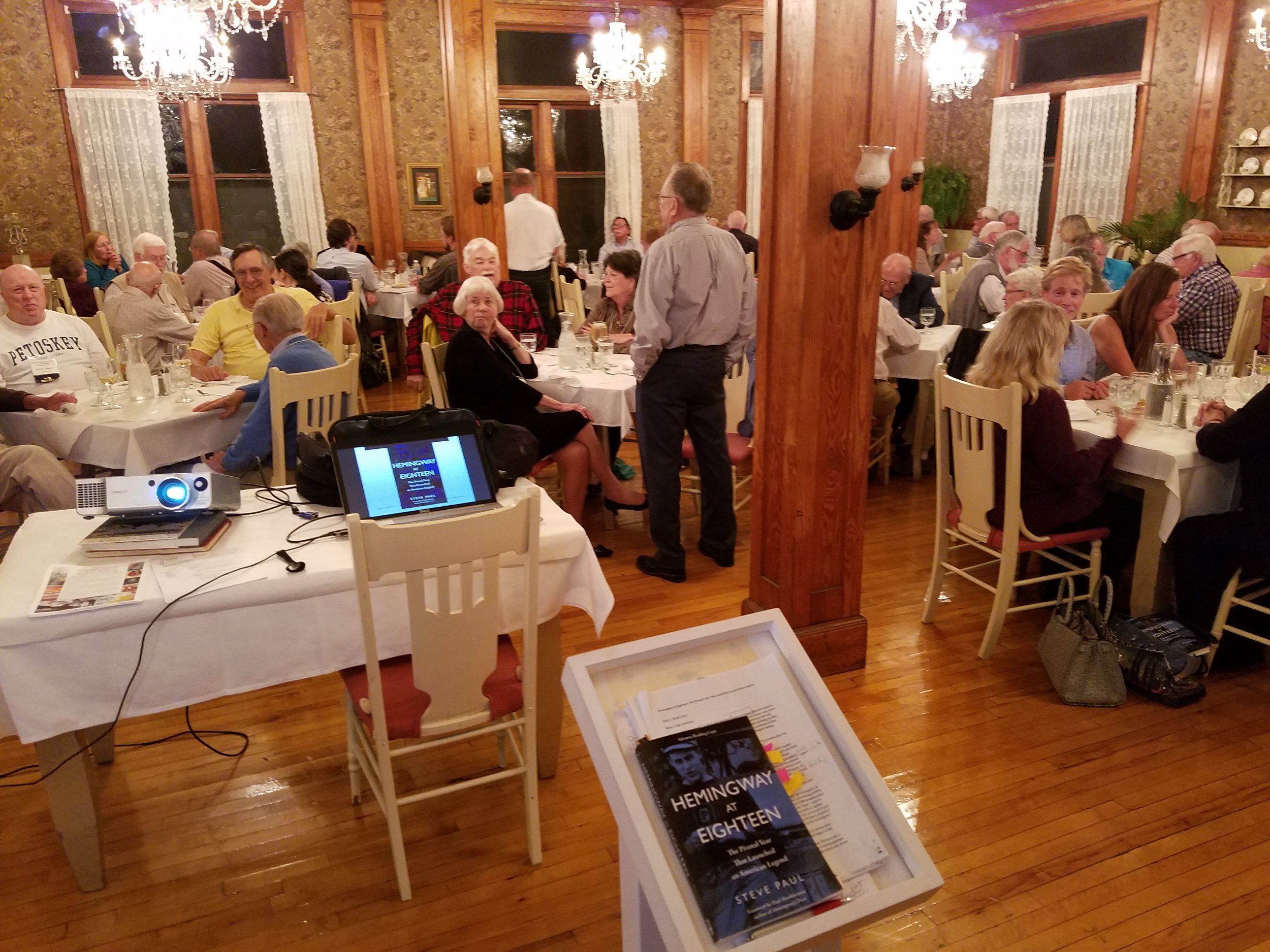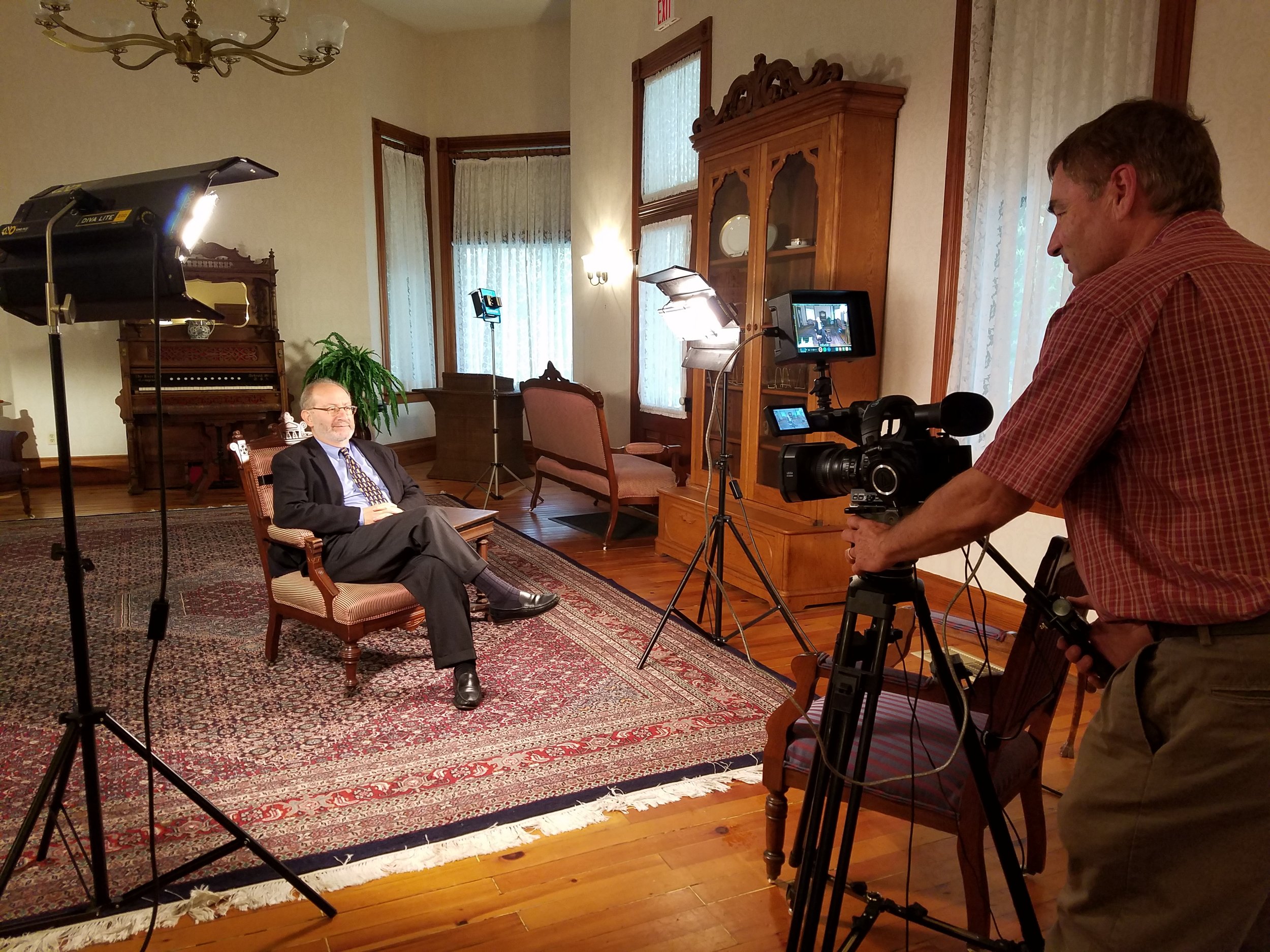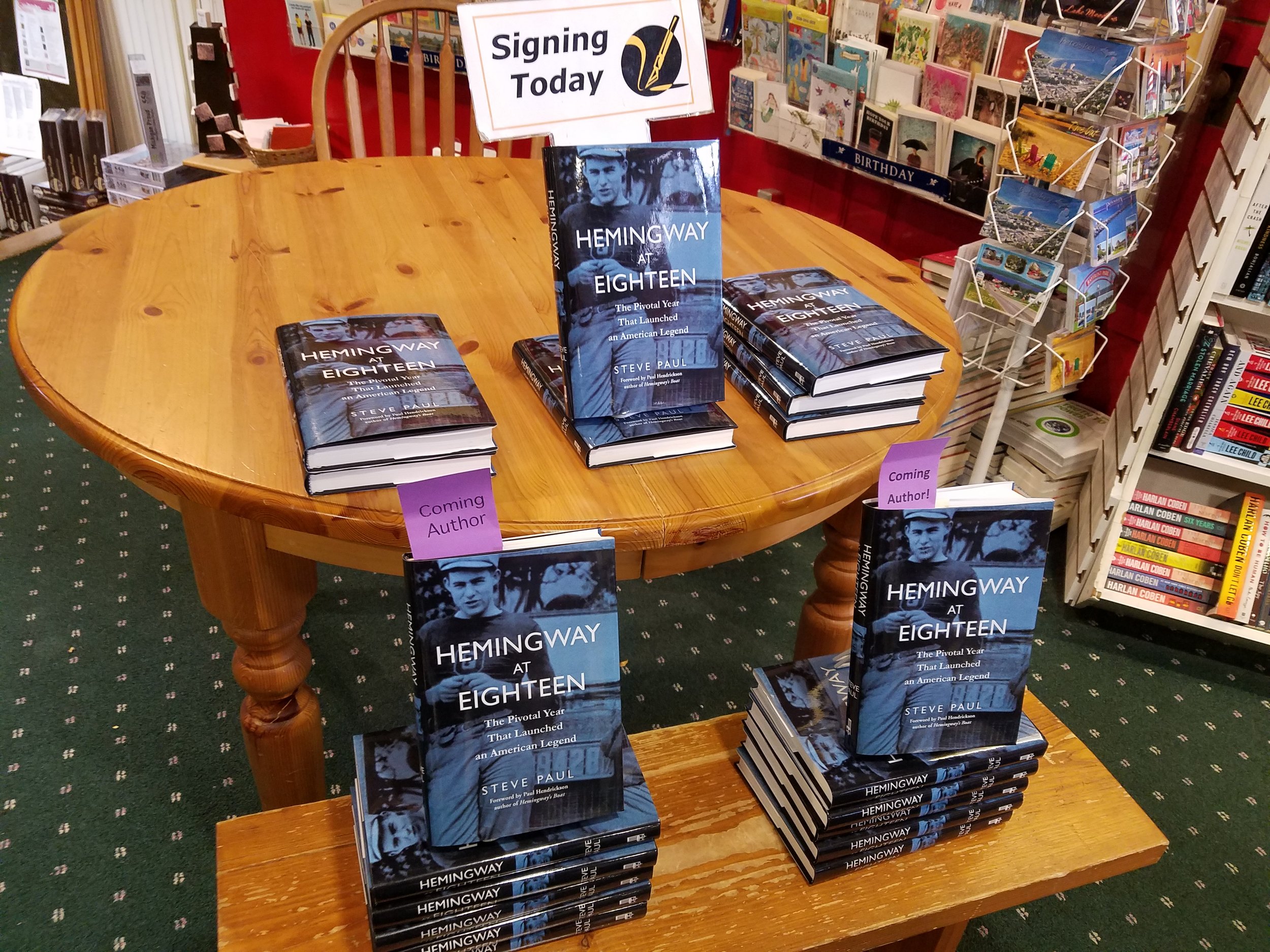Things were slow at a northern Michigan bookshop one day last fall, so while browsers ignored me and my signing table, I spent some time reading a new collection of Jim Harrison’s food essays. The late writer hailed from Michigan and often referred to his secret fishing place on the Upper Peninsula. I’ve read his fiction off and on over the years, and his poetry, but not much of his food writing, which he produced for various magazines. The essays often read like stream-of-consciousness odes to hedonism. He had one large appetite. He was not only stuffing his face but he often gets in yours, with brawny judgments and prickly opinions. (A blogged a little more about this a few months ago.) But he’s highly entertaining, if you don’t mind the intimations of sex, drugs and rock ‘n roll that sometimes accompany his musings. Some of the pieces in this new book date from the early 1980s, but despite the Reagan-era markers they remain fresh and lively. So here I was at the beginnings of a book tour, which had had a string of early successes before this afternoon of not-much-happening, when I encountered Harrison’s lament about the depressing nature of such things. “Book tours,” he writes, “promote a ghastly self-absorption, a set of emotions inimical to art.” In short, the book-tour grind leaves no room for writing. Perhaps that’s why it has taken months to write these sentences.
How much of this needs to be remembered? Two Kansas City kickoffs, one private, one public, that felt good and memorable. The bookstores – from Wichita to Petoskey, Mich., to my old home town of Newton, Mass. -- with appreciative audiences and book buyers standing in line for a signature. Or the one in Atlanta that barely remembered I was coming and failed to turn out a single customer. The Hemingway people in his northern Michigan landscape – they are always faithful and generous. A lovely dinner, with a Hemingway-inspired menu (trout, rabbit and other delights at my friend’s new restaurant) in Traverse City. An auditorium full of inquisitive teens in Hemingway’s own high school (Oak Park, Ill.), and a library slide show in his home town, now poignant, because my editor was in that audience and – five months later – she has succumbed to her publishing house’s downsizing. Momentary thought: Did my book do her in?
I was grateful for the literary conversation with Jeff Martin in a little Tulsa dive bar and for the people who showed up and bought the book there. At the Hemingway House and Museum in Key West, I hung out poolside with the damn cats, and while stationed at my book table I got to hear five or six tour guides tell the story of the pool and the penny embedded in the patio mortar – actually each delivered a different version of the tale, which generally pits the wandering Hemingway against wife No. 2, Pauline, or vice versa. Although the Atlanta bookstore was a bust, a friend there corralled me into meeting with her middle school journalism students, and I also gave a paper, partly related to my book, in a Hemingway session at the South Atlantic Modern Language Association conference. Two peak experiences, with capacity crowds wound up streaming online: They were joint appearances, actually moderated conversations, with another author, James McGrath Morris, at the John F. Kennedy Presidential Library in Boston and the National World War I Museum in KC. Both were very well received.
Now, in the spring of 2018, my book has been out about six months. It has won two local book awards. I’m still doing occasional small events in town and filling in the summer calendar with events here and elsewhere. Review attention has been disappointingly slight, though most of the published reviews have been favorable and relatively enthusiastic, and another one popped up just recently. Without going into detail, I think I should feel pretty good that, according to my first royalty report, I earned back my advance in the book’s first three months on the market. Hoohah.
I continue to work on Hemingway. A forthcoming paper, for delivery at the American Literature Association conference in San Francisco and the biennial Hemingway Society conference in Paris this summer, finds me sniffing around his relationship with, ahem, wine.
But I am deeply involved in researching a biography of another writer (more on that down the road), so I thought it was time to perform this little recap. It’s mostly an excuse to show some travelogue photos of the book-tour grind on the road.
